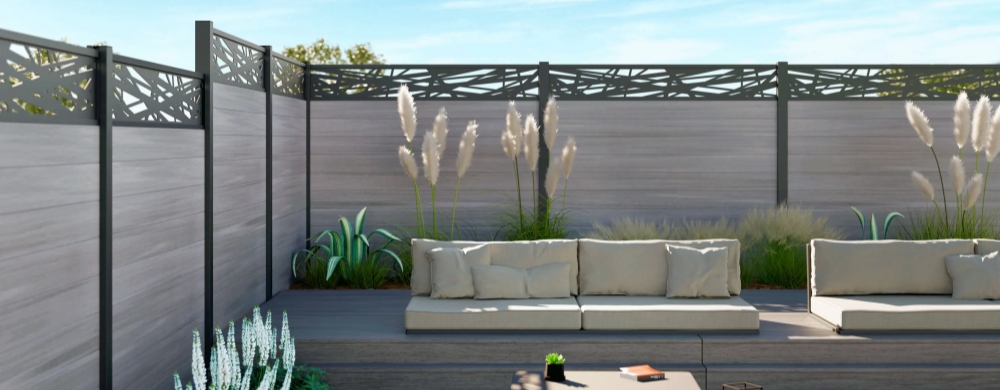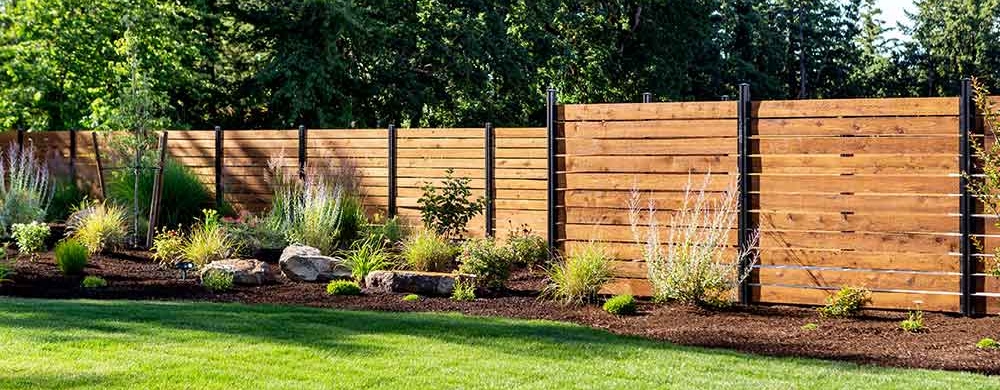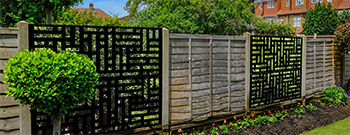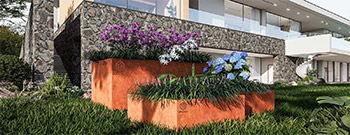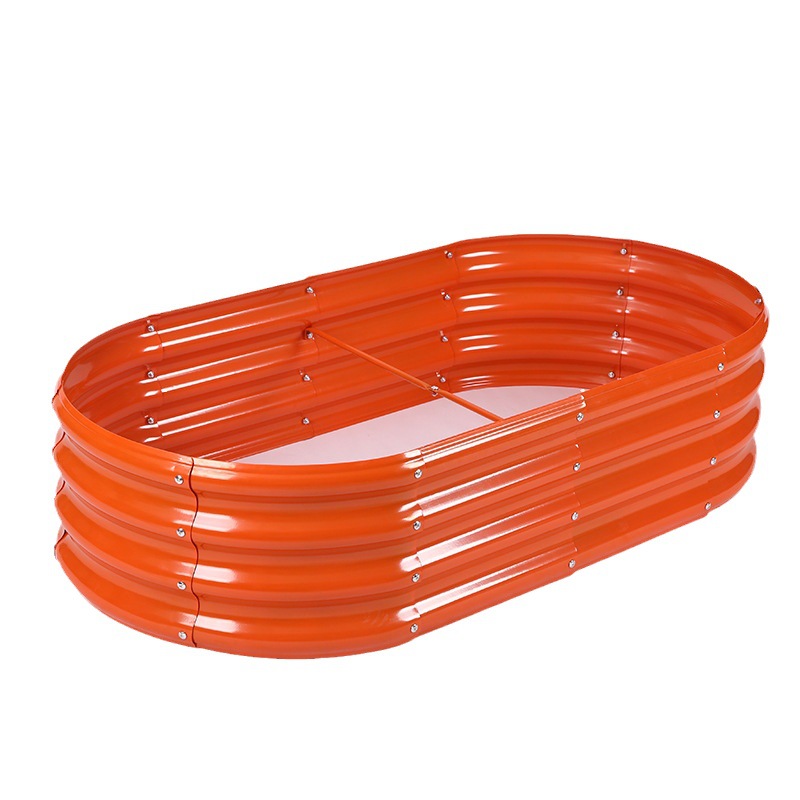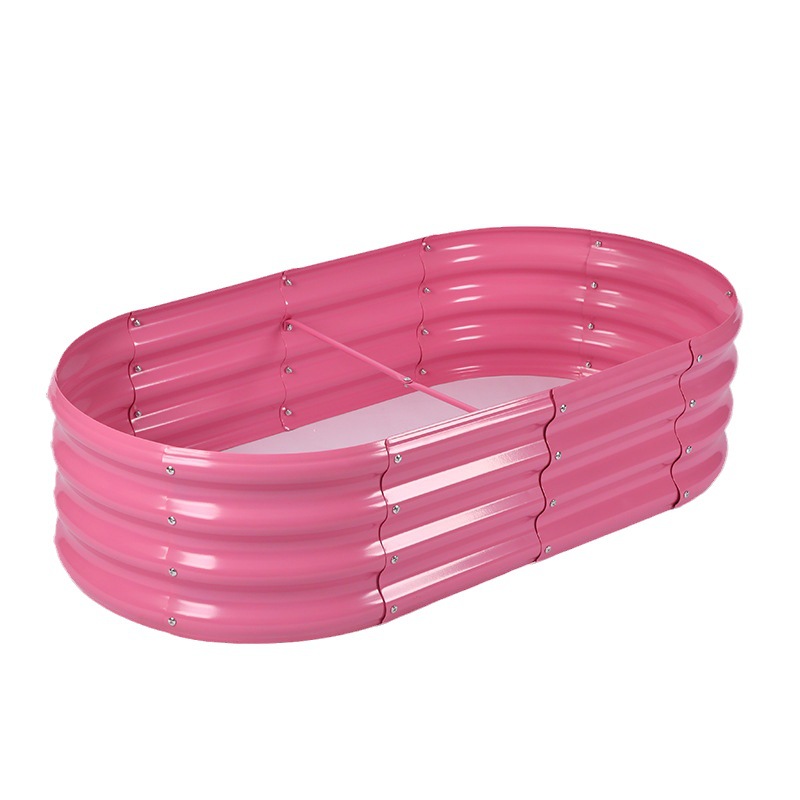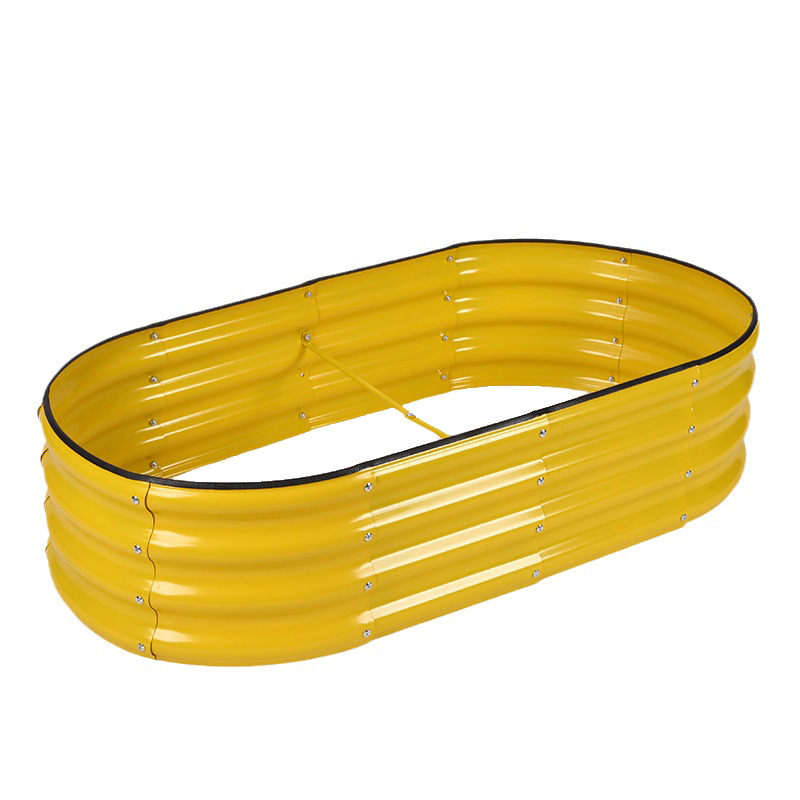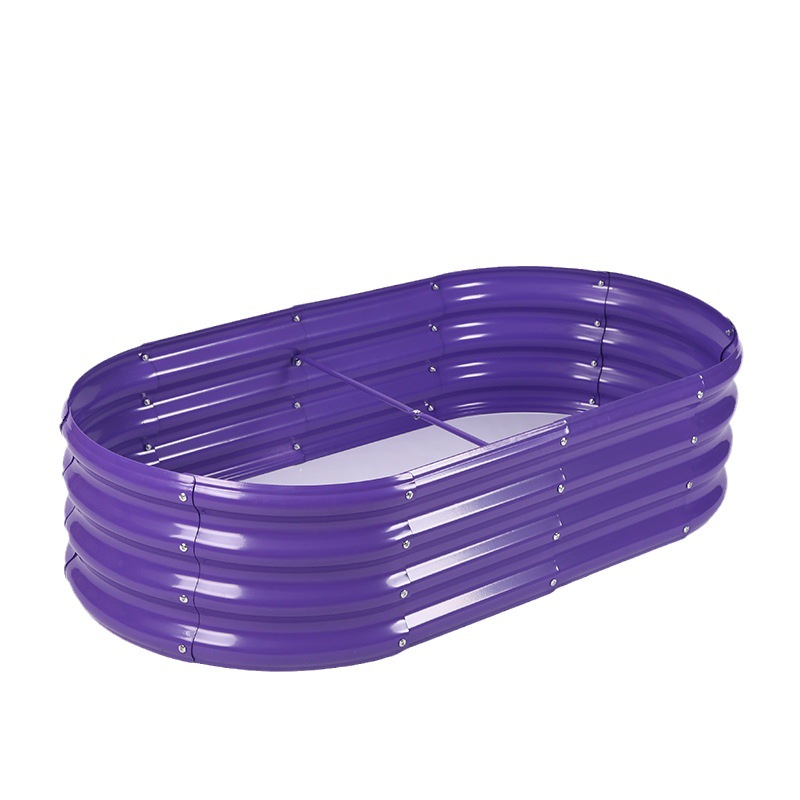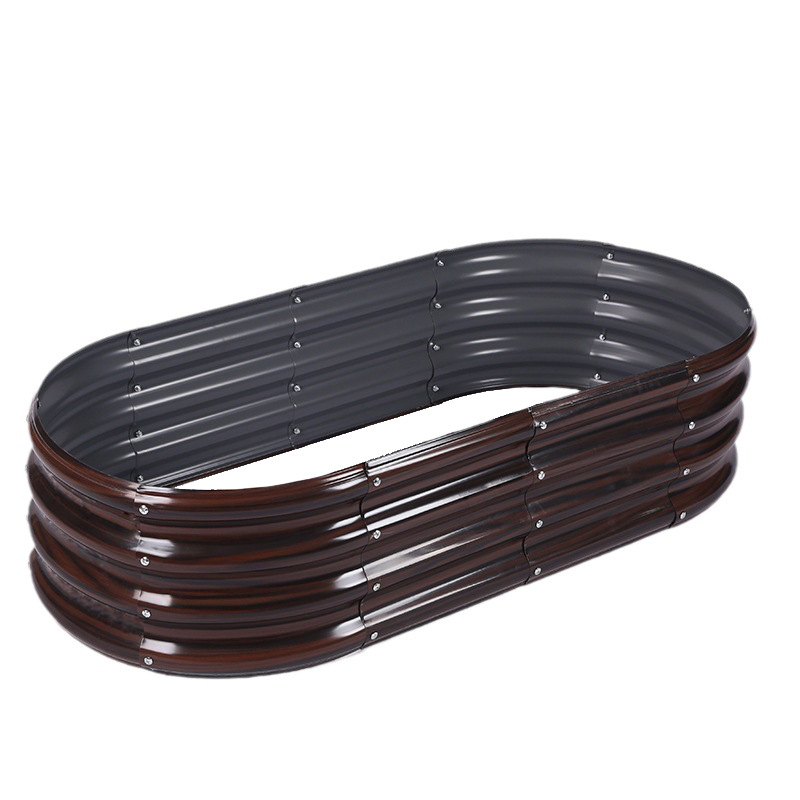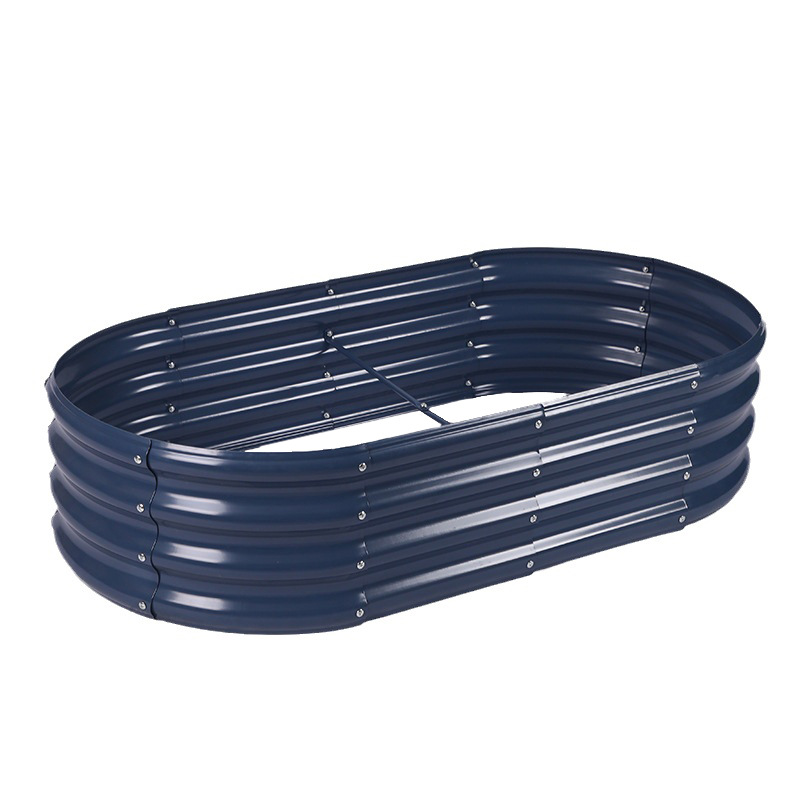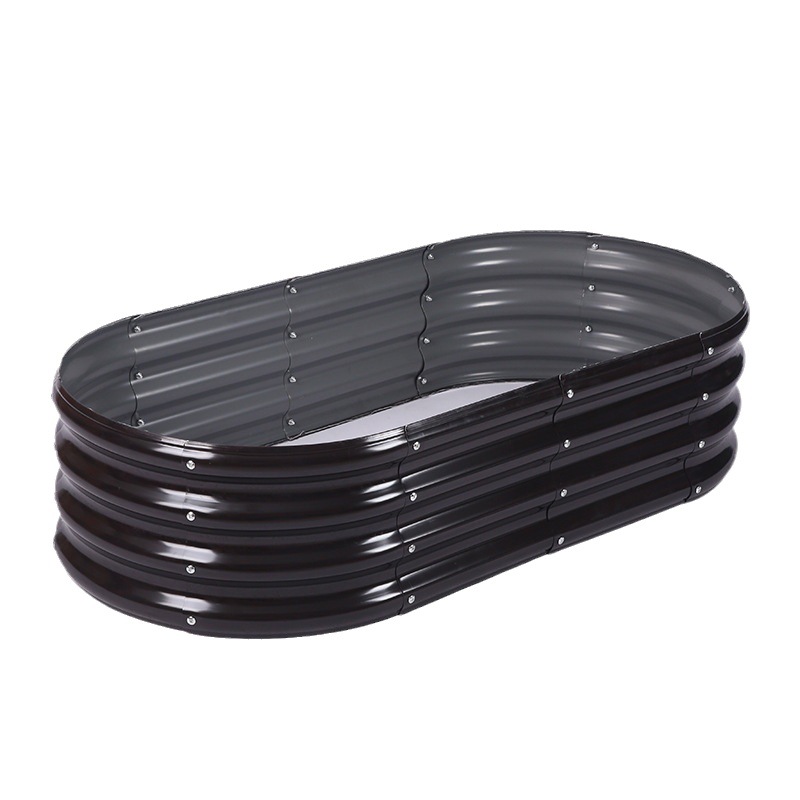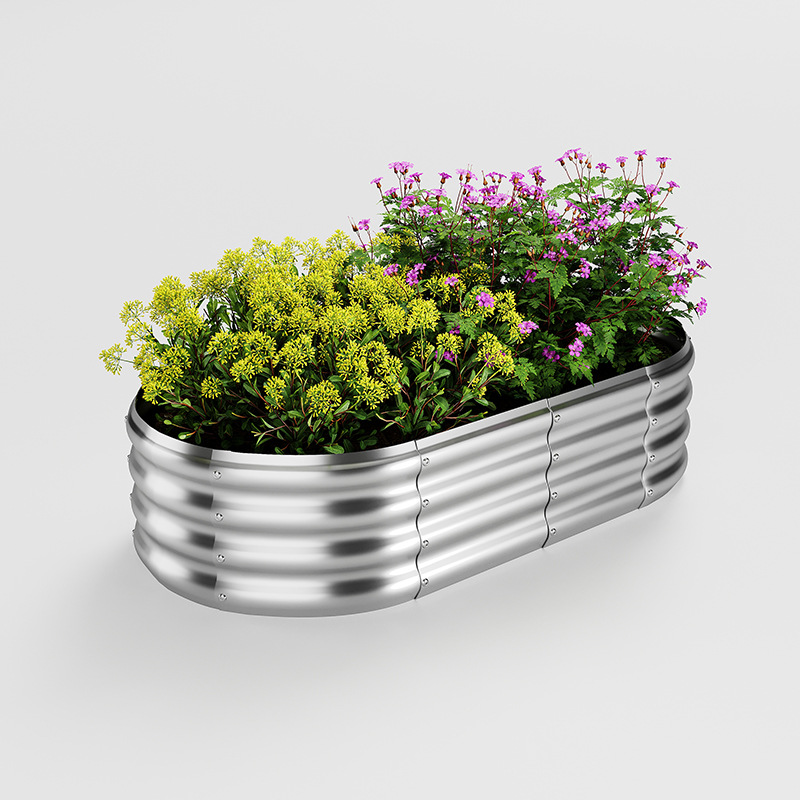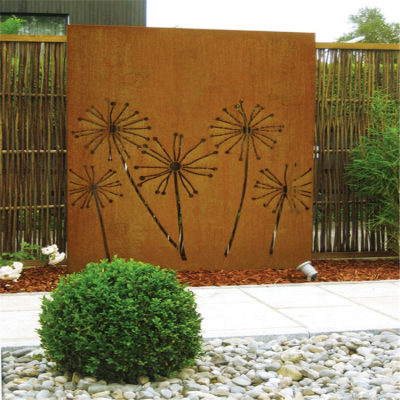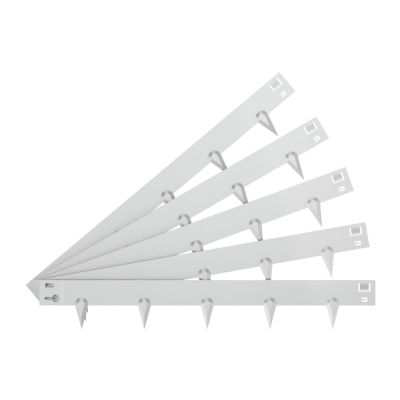Raised Garden Bed
Raised Garden Bed make gardening easier for planting, weed control and harvesting. Raised garden bed, also called garden boxes, flower pots, are great for growing small plots of veggies and flowers. They keep pathway weeds from your garden soil, prevent soil compaction, provide good drainage and serve as a barrier to pests such as slugs and snails. The sides of the beds keep your valuable garden soil from being eroded or washed away during heavy rains. In many regions, gardeners are able to plant earlier in the season because the soil is warmer and better drained when it is above ground level.
Raised Garden Bed: The Ultimate Guide to Growing Your Best Garden
Raised garden beds have become increasingly popular among gardening enthusiasts for their numerous benefits. Whether you're a seasoned gardener or a beginner, raised garden beds offer a practical and efficient way to grow a wide variety of plants, vegetables, and flowers. This guide explores everything you need to know about raised garden beds, from their advantages to how you can create your own.
What is a Raised Garden Bed?
A raised garden bed is a garden that is elevated above the surrounding soil level. These beds are typically constructed using various materials such as wood, stone, brick, or metal. The bed is filled with high-quality soil and compost, creating an ideal environment for plants to thrive. The height of the bed can vary, but it’s typically raised by at least a few inches, often up to several feet, which offers several advantages over traditional in-ground gardening.
Key Benefits of Raised Garden Beds
1. Improved Soil Quality
One of the biggest advantages of using raised garden beds is the ability to control the soil quality. When you create a raised garden bed, you can fill it with nutrient-rich soil that is specifically tailored to your plants' needs. This is especially beneficial if your existing garden soil is poor or has a high clay or sandy content. The ability to customize your soil blend ensures healthier plants with better yields.
2. Better Drainage
Proper drainage is essential for plant health, and raised garden beds offer superior drainage compared to traditional in-ground gardens. The elevated structure prevents water from pooling around the roots, which can lead to root rot. This ensures that your plants’ roots stay healthy and receive the right amount of moisture without becoming waterlogged. Good drainage also prevents soil compaction, allowing roots to spread easily and access nutrients.
3. Reduced Weeding and Pest Control
Weeds can be a major hassle in any garden, but raised garden beds reduce the effort required to keep them in check. The soil in raised garden beds is typically less compact, making it more difficult for weeds to establish themselves. Additionally, the raised nature of the bed makes it easier to spot and remove weeds before they become a problem. As for pests, raised garden beds can help deter pests like slugs and snails, especially when combined with pest barriers or netting.
4. Improved Accessibility
For people with limited mobility, raised garden beds are a game-changer. The elevated height makes it much easier to tend to your plants without bending down, reducing strain on your back and knees. This makes raised garden beds ideal for individuals with physical limitations or those who want to avoid the physical toll of traditional gardening. Whether you're gardening on your own or with family members, the added convenience and comfort of raised garden beds are significant.
5. Extends the Growing Season
Another significant benefit of raised garden beds is that they warm up more quickly in the spring, allowing for an earlier planting season. The soil in raised garden beds drains better, and the elevated structure helps heat the soil more efficiently. This is especially useful for gardeners in cooler climates who want to extend their growing season. By getting a jump on planting, you can harvest earlier and often enjoy longer periods of fresh, homegrown produce.
How to Build a Raised Garden Bed
Building a raised garden bed is a relatively simple DIY project that can be completed in just a few hours. Here’s how you can get started:
1. Choose the Location
Select a sunny location for your raised garden bed, as most vegetables and flowers require at least six hours of direct sunlight per day. Avoid areas where water tends to pool or where the soil is poorly drained. A flat, level surface is ideal.
2. Select Materials for the Bed
You can build your raised garden bed using a variety of materials. Wood is the most common choice, but stone, brick, or metal can also be used to create a durable and aesthetic garden bed. Be sure to choose untreated wood to avoid chemicals leaching into the soil.
3. Measure and Construct the Bed
Determine the size of your raised garden bed based on the space available and how much planting area you need. A typical size is 4 feet by 8 feet, but you can adjust the dimensions based on your preferences. Build the frame by securing the sides together using screws or nails, ensuring it is sturdy enough to hold the soil.
4. Prepare the Base
Before filling your raised garden bed with soil, it's important to prepare the base. If you're building directly on grass or soil, you may want to lay down a weed barrier or landscape fabric to prevent weeds from growing through the bottom of the bed.
5. Fill with Soil
The final step is to fill your raised garden bed with a high-quality soil mixture. A common mix includes equal parts compost, garden soil, and peat moss or coconut coir. You can also add organic fertilizers to further enrich the soil. Be sure to fill the bed to the top, allowing space for watering and settling.
Types of Plants to Grow in Raised Garden Beds
Raised garden beds are ideal for a wide variety of plants, including:
Vegetables: Leafy greens like lettuce, spinach, and kale, root vegetables like carrots and beets, and fruiting vegetables like tomatoes and peppers.
Herbs: Basil, thyme, rosemary, and mint are excellent choices for raised beds.
Flowers: Marigolds, sunflowers, and daisies can add a burst of color to your raised garden bed.
Small Fruits: Strawberries, raspberries, and dwarf fruit trees can thrive in raised garden beds.
Conclusion: Why You Should Consider a Raised Garden Bed
A raised garden bed is one of the best investments you can make in your garden. From better soil quality and improved drainage to reduced weeds and easier accessibility, raised garden beds offer numerous benefits that can make gardening more enjoyable and productive. Whether you're a beginner gardener or an experienced horticulturist, raised garden beds are a great solution for growing a wide range of plants with minimal effort.
By building your own raised garden bed, you can create a productive, beautiful, and low-maintenance garden that will thrive for years to come.


